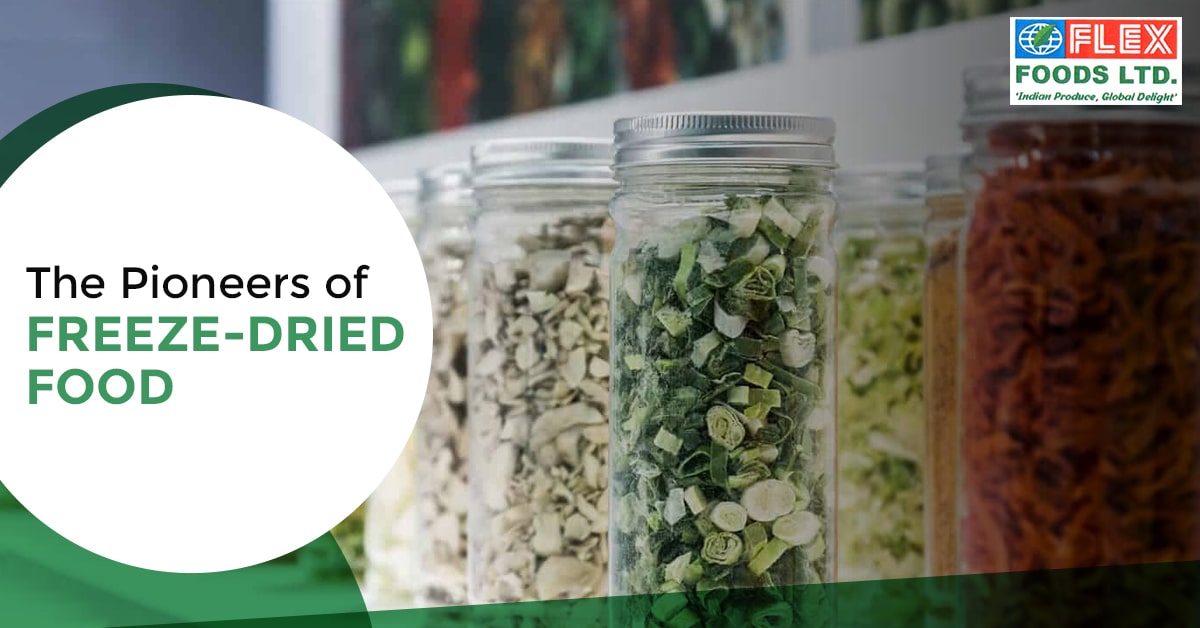When it comes to large-scale food production, especially in beverages, desserts, and ready-to-eat meals, mango is a star ingredient. But not all mangoes are created equal. For IQF mango (Individually Quick Frozen mango) to meet industrial standards, factors like ripeness and Brix levels play a vital role. These two aspects largely determine the fruit's sweetness, texture, and usability across applications. Let’s break down what Brix levels mean, how ripeness ties in, and why both matter in producing consistent and high-quality IQF mangoes.
What are Brix Levels?
Brix is a measurement of the sugar content in a liquid. In mangoes, it tells you how sweet the fruit is. The Brix scale is expressed in degrees, with higher values indicating more sugar. For example, a mango with 14° Brix has 14 grams of sugar per 100 grams of juice.
In the processed food industry, especially in sectors where consistency is key, knowing the Brix level helps maintain flavor uniformity. A fruit puree, juice concentrate, or fruit chunk used in yogurt or baked goods should taste the same every time. Hence, food manufacturers prefer mangoes with predictable Brix levels.
Ripeness and Its Impact
Ripeness is closely related to Brix. As a mango ripens, its starches convert into sugars, raising the Brix level. A perfectly ripe mango not only tastes sweeter but also has a smoother texture, ideal for processing. However, there's a balance to maintain. Overripe mangoes might be too soft and prone to spoilage during processing. Under-ripe mangoes, on the other hand, are firm but lack flavor and may yield a fibrous texture when processed.
Brix Levels vs. Ripeness: What Matters More?
Both Brix and ripeness matter. A mango that is ripe but has low Brix may not deliver the desired sweetness. Conversely, a mango with high Brix but overripe texture may not process well in IQF production. For IQF mango production, ideal mangoes are those with:
- Brix levels between 13° and 16°
- Even ripeness without internal breakdown
- Firm flesh that holds its shape after freezing
The IQF Process and Quality Control
IQF technology freezes mango pieces individually at very low temperatures. This helps preserve texture, color, and nutritional content. However, the starting quality of the mango is critical.
Poorly ripened or inconsistently sweet mangoes can affect batch consistency. That’s why processors measure Brix levels before freezing. It ensures each batch of frozen mango meets customer expectations.
Industrial buyers often specify the minimum Brix level in their contracts. Any batch falling below that mark can be rejected, leading to losses. Therefore, maintaining proper ripeness and Brix is not just a quality measure—it’s a business imperative.
Recommended Read: Enjoy High-Quality IQF Mango With Flex Foods
Benefits of Monitoring Brix and Ripeness
- Consistency in Flavor: Products made from mango chunks, like ice creams or smoothies, require a consistent flavor profile.
- Better Shelf Stability: Proper ripeness reduces spoilage during freezing and transportation.
- Enhanced Texture: Mangoes with the right firmness freeze better and are more appealing in the final dish.
- Reduced Waste: Processors can avoid batches that fail quality checks, leading to less food waste.
Tools Used in Industry
- Refractometers: Handheld or digital tools used to measure Brix levels.
- Pressure Testers: Used to assess firmness, which relates to ripeness.
- Colorimeters: Evaluate skin and flesh color for sorting.
Impact on End Products
In applications like bakery fillings, dairy, or beverages, the Brix level impacts the final sweetness. If Brix is too low, sugar must be added, which increases cost. In yogurt toppings, overly soft mangoes can dissolve and affect visual appeal.
That’s why industries opt for reliable suppliers who understand how to match Brix and ripeness to final usage.
Differences Across Harvest Seasons
Seasonal changes can influence mango sweetness. Early-season fruits may have lower Brix and higher acidity. Late-season mangoes may be overripe. Hence, suppliers often schedule harvesting during the peak season to get the best Brix-to-ripeness ratio.
Regional Mango Varieties and Their Traits
India offers a wide range of mangoes, but not all are suitable for IQF mango production. Varieties like Totapuri and Alphonso are favored because they ripen evenly and have favorable Brix levels. These varieties are also widely used in producing frozen vegetables in India, which often share the same supply chain and infrastructure.
Comparison with Other Ingredients
Just like in freeze dried sweet corn, where sugar content and maturity determine product quality, mangoes also require careful selection. Too sweet or too starchy can both ruin the batch. That’s why similar quality control systems are in place across categories.
Cold Chain and Storage
Once the mangoes are frozen, they must remain in a cold chain to preserve quality. Any fluctuation in temperature can cause thawing and refreezing, which affects texture. Proper packaging also ensures that Brix levels don’t concentrate in ice crystals.
Recommended Read: Cold Storage Challenges in International Shipping of Frozen Vegetables
Challenges in Standardizing Brix
Despite best efforts, natural variation exists. Even mangoes from the same tree can have slightly different Brix levels. This is why processors do frequent spot checks and may blend fruits to balance sweetness.
IQF vs. Puree
In puree production, Brix is adjusted with additives. But for IQF mango, the fruit speaks for itself. That’s why Brix and ripeness matter even more.
Final Thoughts
For industrial users, Brix level and ripeness are not just agricultural terms—they are key performance indicators. They define how well a mango will perform during processing, freezing, transport, and ultimately in the finished product.
In today’s competitive food manufacturing environment, precision matters. From tools that measure Brix to timing the harvest, every step is fine-tuned to deliver mangoes that meet high standards. Whether you're sourcing mango for yogurt, dessert toppings, or frozen meals, understanding the science behind Brix and ripeness helps ensure you get the best possible IQF mango every time.

